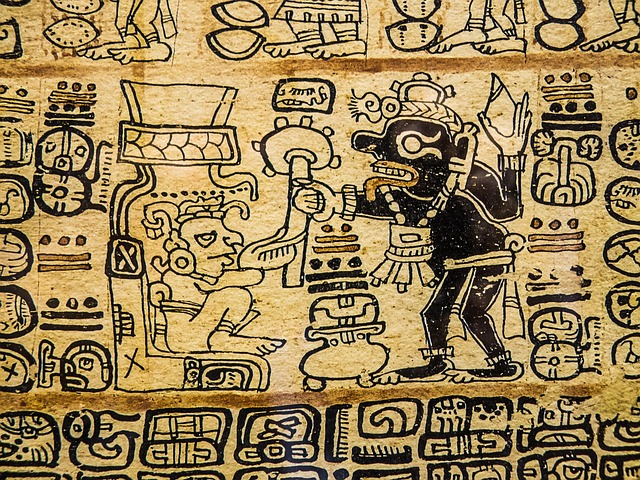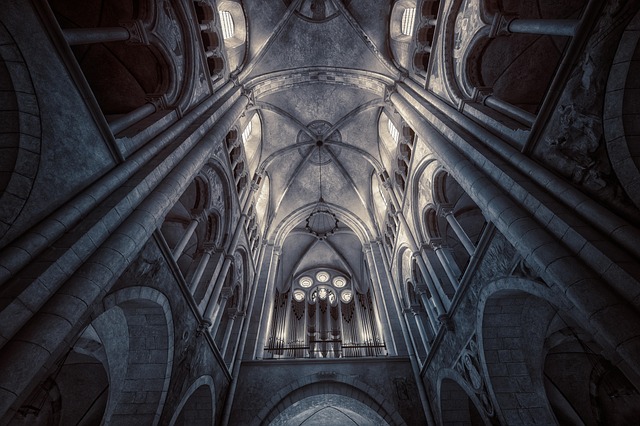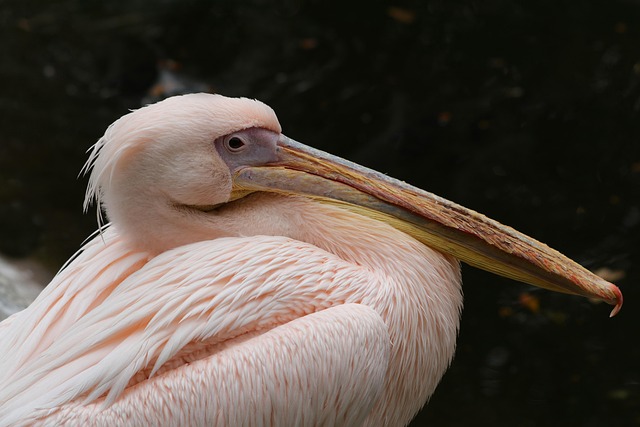In the world of Fine Arts, pre-drawing is not just a preparatory step; it is a dialogue between the artist and their canvas, a cultural statement waiting to emerge. This intricate process of sketching forms the backbone of countless masterpieces, transcending mere practice to become an essential part of the artist’s journey. Pre-drawing serves as a powerful tool that embodies both technique and emotional resonance, connecting the artist’s intent with the cultural narratives they wish to express.
In various cultures around the globe, the act of pre-drawing has been revered as a sacred practice. Artists often draw on their cultural heritage to inform their sketches, utilizing motifs, symbols, and techniques that reflect their backgrounds. For instance, Indigenous artists may incorporate ancestral designs in their pre-drawings, grounding their work in history while simultaneously revitalizing their culture. This preservation of cultural identity through art becomes especially poignant when discussing the role of pre-drawing, as it lays a foundation rich with meaning before the brush ever touches the canvas.
Furthermore, pre-drawing allows artists to experiment freely, a stark contrast to the finality of paint. The sketch opens the door to exploration, where ideas can morph and evolve. This stage provides a safe haven to make mistakes, a vital part of the creative process that many fear, yet it is in these missteps that innovation often begins. Artists throughout history have used pre-drawing to challenge norms and push boundaries, creating works that speak to the human experience and societal issues of their times.
Consider how the tradition of pre-drawing manifests differently across artistic movements. In Renaissance art, for instance, preliminary sketches revealed an artist’s thought process and composition planning. Leonardo da Vinci’s notebooks, filled with meticulous pre-drawings, reflect not only his inventive mind but also the cultural curiosity of an era that celebrated humanism. Each line drawn was a testament to inquiry and artistic genius, embodying the culmination of knowledge and culture in the pursuit of beauty.
In contemporary art, the influences of pre-drawing can be seen in various practices, from street art to digital illustrations. Artists utilize sketches not only as a means of traditional representation but also as a canvas for social commentary and personal expression. These pre-drawings hold a mirror to society, reflecting issues of identity, race, and culture in a modern context. The conversations sparked from these initial lines can shape and redefine cultural landscapes, proving that pre-drawing is as relevant today as it has always been.
Moreover, engaging in pre-drawing fosters a deeper connection between the artist and the work. The process becomes a form of storytelling, where each stroke conveys emotion and intent. The cultural perspectives embedded in these sketches often lead to audience engagement, prompting reflections on shared experiences and diverse viewpoints. Thus, pre-drawing stands not only as a technical phase in art creation but as a bridge fostering understanding and appreciation among different communities.
In summary, exploring the role of pre-drawing in Fine Arts reveals its rich cultural significance. This intimate process is where creativity, heritage, and innovation converge, illustrating the depth of human experience through art. Whether you are an aspiring artist, a seasoned professional, or an art enthusiast, recognizing the importance of pre-drawing can deepen your appreciation for the art-making process and the cultural stories it tells.




